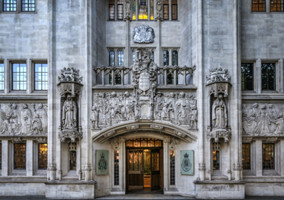The average pension deficit of a large charity is worth 24 per cent of its annual net unrestricted incomes, a report has found.
Analysis by consultancy Hymans Robertson also found the pension deficits of the largest charities are worth 18 per cent of their unrestricted reserves on average.
The firm analysed the accounts of the largest 40 charities in England and Wales as listed by the Charity Commission website at January 2019.
These charities have a combined £39bn of reserves and £13bn of annual income, and support aggregate defined benefit pension liabilities of £9bn.
It found that the average charity in this bracket pays 3 per cent of net unrestricted income into its pension scheme.
The firm also found that 18 per cent of these charities have a pension surplus and 63 per cent have closed their schemes to future accrual.
Overall the headline figures are slightly lower than in the previous year’s survey. This is mainly due to the combined reserves and income figures being significantly higher.
However, there have been changes in the make-up of the 40 largest charities so the figures are not directly comparable year-on-year.
‘Double whammy’
Alistair Russell-Smith, partner and head of corporate DB consulting at Hymans Robertson, said the figures showed charities with a pension deficit were operating in a tough environment.
He said: “Charities are facing the double whammy of fundraising pressures hitting income at the same time as the Pensions Regulator wants them to put more cash in to their pension schemes."
Russell-Smith said the Pensions Regulator would continue to increase scrutiny of the sector and urged charities to consider emerging consolidation solutions.
He said: “For example, commercial consolidators can provide a clean break to employers from their DB pension scheme at a lower cost than buy-out, and in particular could be a good way for charities participating in multi-employer schemes to exit cost effectively at the same time as improving benefit security for their members.
“Another pension consolidation option to consider is sectionalised DB master trusts, which can reduce scheme running costs by as much as 50 per cent compared to running your own scheme, but crucially do not expose charities to the last man standing risk of traditional multi-employer schemes.”
|
Related articles












